How does the co-ownership of Parisian apartment buildings work?
Unless you are buying a hôtel particulier (a private townhouse), you will most likely have chosen an apartment in a shared building as your Paris home. But how does the co-ownership part work in Paris? Read on to learn more!
When you buy a Parisian apartment, you will be buying the actual apartment and also a share in the common parts of the building. The ownership of the common parts of the building is shared between all of the apartment owners in the building (referred to in French as copropriétaires or co-owners). These common parts are either structural (the walls, the roof, the foundations …), functional (the water and gas pipes in the common areas and the shared electrical, phone and Internet wiring) or relative to common services in the building (electricity in the common parts, the elevator and the concierge - if you’re lucky enough to have one!).
The shares of the common parts are expressed in tantièmes - ‘nths’ - either in thousandths or tens-of-thousandths depending on the size of the building and the number of apartments. The number of tantièmes attributed to each apartment is set when the building is divided up for sale as individual apartments. This is calculated based on the size of the apartment, and is then weighted to take into account its value relative to the other apartments in the building. Examples of weighting criteria are: the floor the apartment is situated on, ceiling height and orientation. So, for example, a large, bright, south-facing apartment on the 5th floor with a balcony will be more valuable and have more tantièmes attributed to it than a ground floor, north-facing studio apartment.
When you buy an apartment in a shared building, the realtor or notary will inform you of how many tantièmes of the common parts you own. These tantièmes are used to calculate how much you will contribute to the upkeep and services of the building - known as the charges. In order to have an estimation of your contribution to the annual maintenance budget of the building, you should ask for the amount paid by the current owner for each of the last three years. Actually, you really should check these figures, and other details about the building, by studying the compte rendu d’assemblé générale des copropriétaires (minutes of the Annual General Co-owners’ Meeting) for at least the last three years (more on that in another article!), or by availing of the Blue Sparks Co-propriété Report service.
In terms of the day-to-day management of the building, the co-owners mandate a syndic or maintenance company to manage the building. The syndic ensures that the entrance hall and stairs are cleaned, that the communal trash is taken out to be collected and that the elevator conforms to safety regulations, amongst other responsibilities. It is the syndic that supervises any works on the common parts of the building (repairs, painting…). And it is also the syndic that manages the building’s budget, collects each copropriétaire’s charges and organizes and holds the Annual General Co-owners’ Meeting.
In general, you’ll find that the co-ownership part of owning an apartment in Paris is a well-oiled process, which doesn’t require much involvement from you. So you can just enjoy your time in Paris!
Until, that is, it’s time for the Co-owners’ AGM… but more of that in another article (and Blue Sparks can recommend a trusted partner to help you with that too!).
